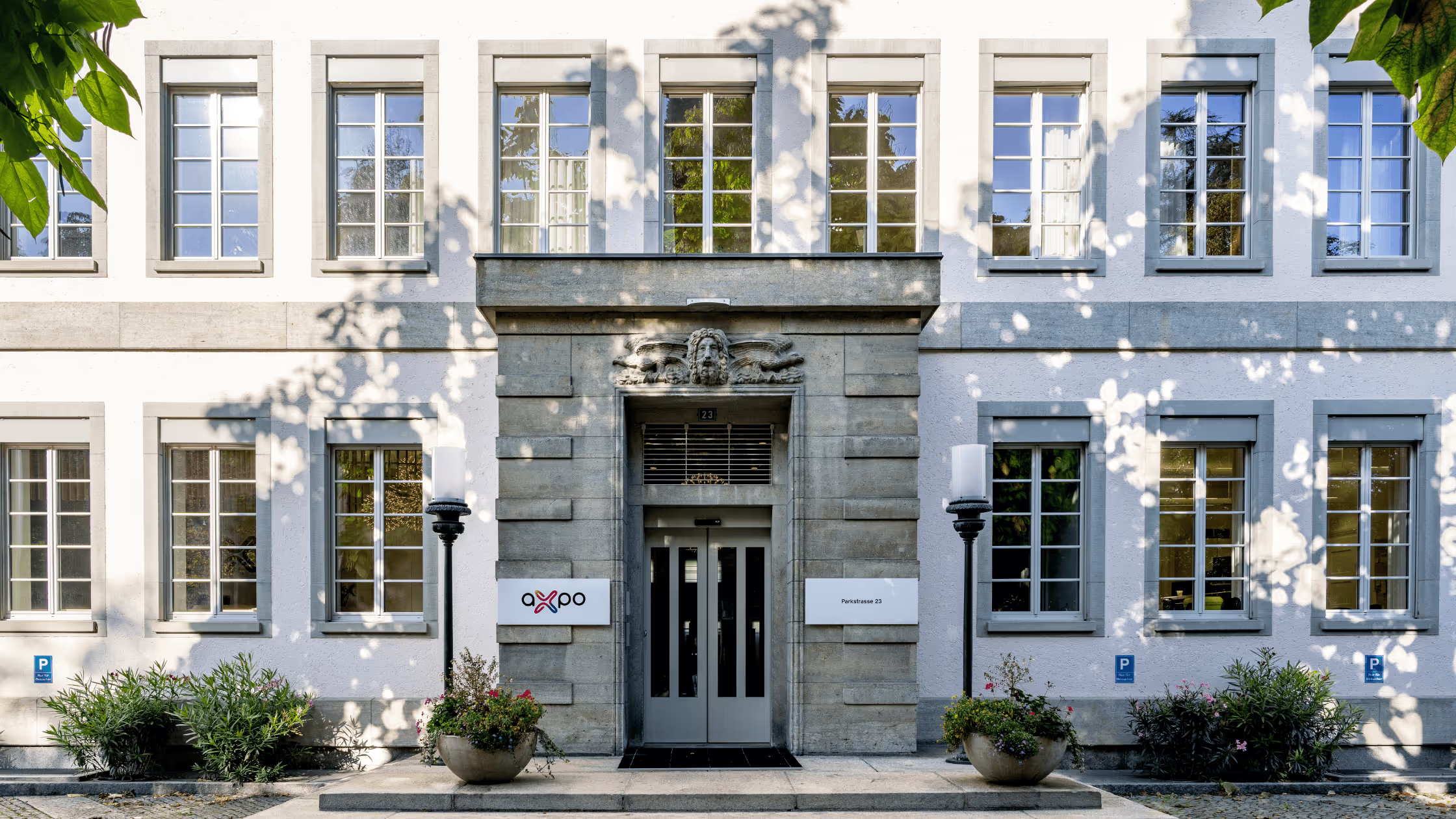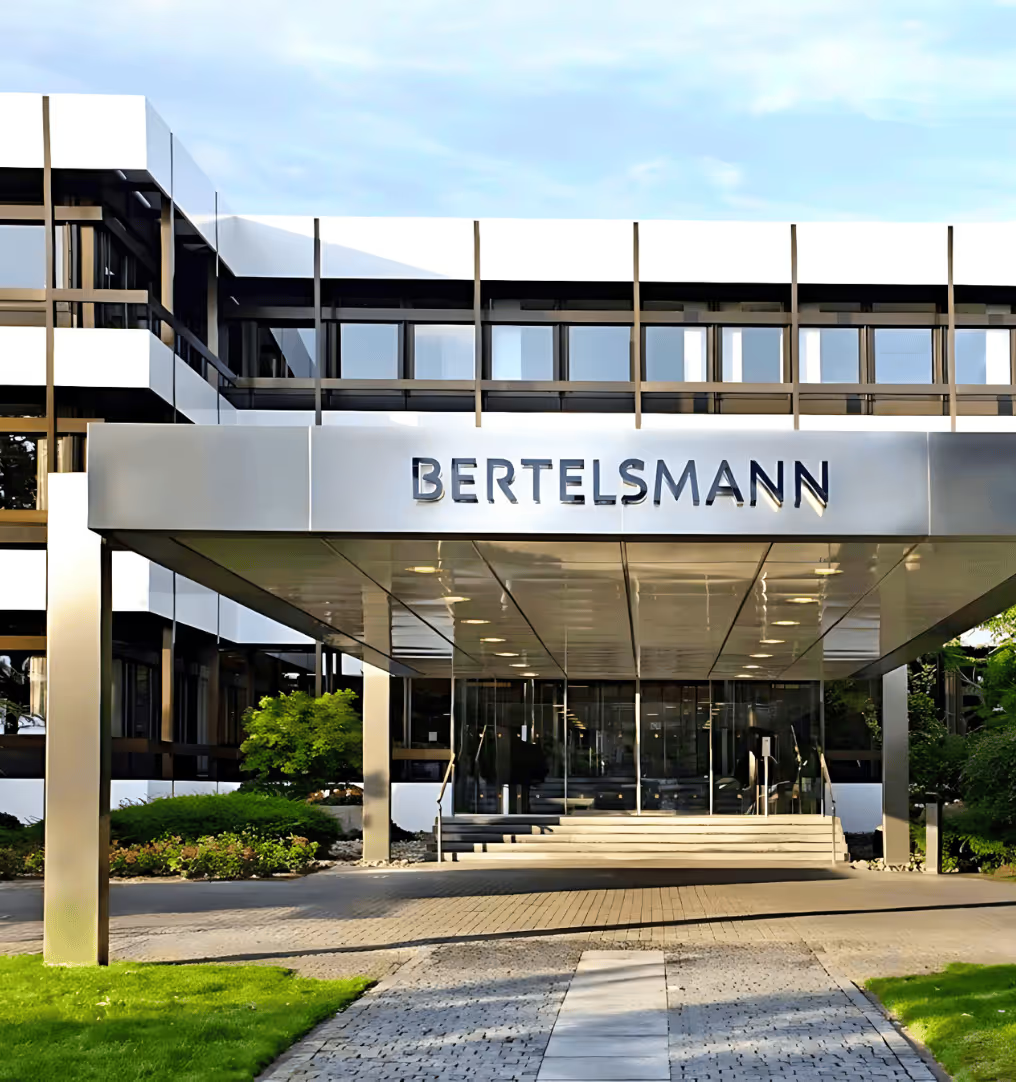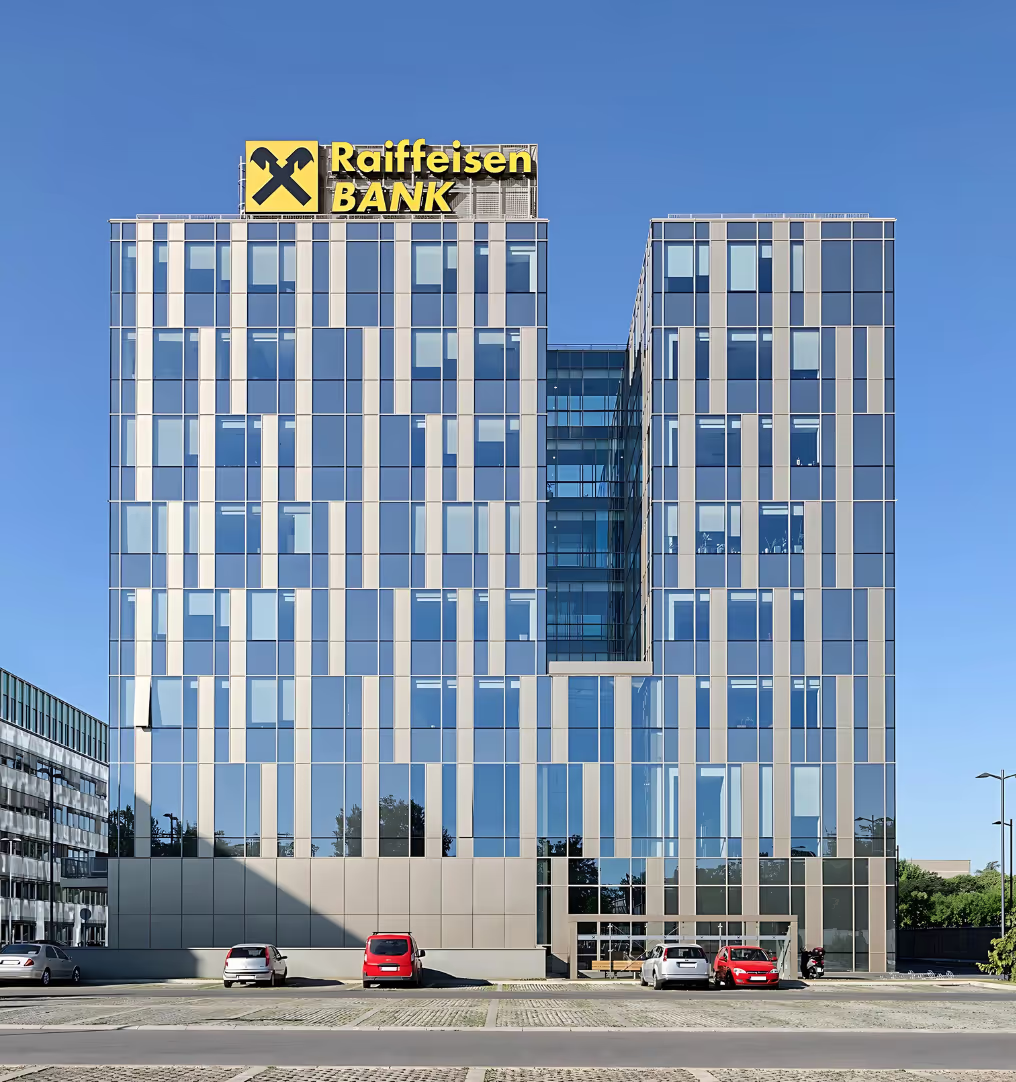Différences entre l'approvisionnement stratégique et les achats
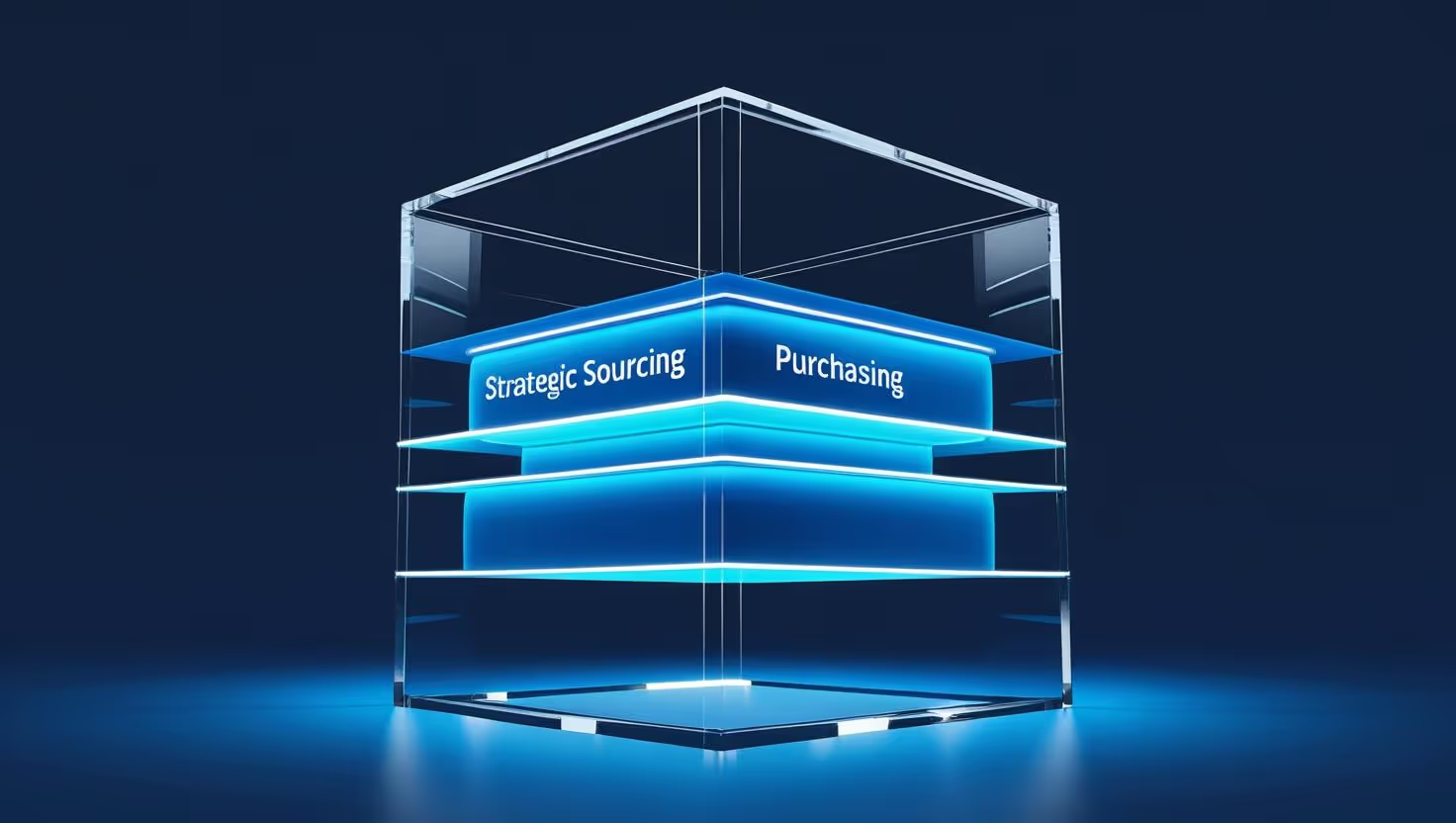
Les achats constituent l'épine dorsale des opérations commerciales, influençant directement la rentabilité, la qualité des produits et les relations avec les fournisseurs. Les entreprises qui optimisent leurs stratégies d'approvisionnement peuvent notamment réaliser des réductions de coûts de 10 à 25 % des coûts des produits et des services tout en réduisant les efforts manuels liés à la gouvernance des fournisseurs de 30 à 50 %. Cependant, l'approvisionnement n'est pas un processus monolithique ; il englobe diverses fonctions, notamment l'approvisionnement et les achats stratégiques.
Bien que ces termes soient souvent utilisés de manière interchangeable, ils remplissent des rôles distincts au sein d'une organisation. L'approvisionnement stratégique met l'accent sur la création de valeur à long terme, l'optimisation des fournisseurs et la rentabilité, tandis que les achats se concentrent sur l'exécution des transactions d'approvisionnement. Il est essentiel de comprendre ces différences pour améliorer les performances de la chaîne d'approvisionnement et atteindre la viabilité financière.
Dans cet article, nous aborderons les définitions de l'approvisionnement et des achats stratégiques, explorerons leurs principales caractéristiques et soulignerons les différences fondamentales entre elles, aidant ainsi les entreprises à affiner leurs approches d'approvisionnement pour une efficacité maximale.
La compréhension de ces distinctions permet aux entreprises de prendre des décisions d'achat éclairées qui correspondent à leurs objectifs opérationnels et financiers plus généraux. Pour commencer, examinons de plus près l'approvisionnement stratégique et la manière dont il contribue à une stratégie d'achat plus efficace.
Lisez également : Gestion des catégories dans les achats : stratégie et avantages
Qu'est-ce que l'approvisionnement stratégique ?
L'approvisionnement stratégique est une approche de l'approvisionnement à long terme, axée sur les données, qui met l'accent sur l'optimisation de la sélection des fournisseurs, la réduction des coûts et la gestion des risques. Cela implique d'analyser les tendances du marché, les performances des fournisseurs et les besoins généraux de l'entreprise afin de développer une stratégie d'approvisionnement qui apporte de la valeur au-delà des simples économies de prix.
Principaux aspects de l'approvisionnement stratégique
- Une approche globale des achats qui s'aligne sur les objectifs de l'entreprise.
- Se concentre sur le coût total de possession (TCO) plutôt que sur le prix unitaire.
- Implique l'évaluation des fournisseurs, la négociation des contrats et la gestion des risques.
- Développe des relations à long terme avec les fournisseurs pour une meilleure collaboration.
- Utilise l'analyse des données et les études de marché pour orienter les décisions d'achat.
Alors que l'approvisionnement stratégique repose sur une approche proactive et à long terme, les achats jouent un rôle différent mais tout aussi important dans les achats. Pour bien comprendre cette distinction, explorons ce qu'implique l'achat et en quoi il diffère de l'approvisionnement stratégique.
Lisez également : Comprendre l'importance et la croissance des programmes de diversité des fournisseurs
Qu'est-ce que l'achat ?
L'achat, en revanche, est un processus transactionnel et à court terme axé sur l'acquisition de biens et de services selon les besoins. Cela implique de passer des commandes, de traiter les factures et de garantir une livraison dans les délais. Contrairement à l'approvisionnement stratégique, les achats ne mettent pas l'accent sur les relations à long terme avec les fournisseurs ni sur les stratégies d'optimisation des coûts.
Principaux aspects des achats
- Principalement concerné par l'achat de produits et de services pour les besoins immédiats.
- Se concentre sur le prix unitaire et l'exécution des commandes.
- S'appuie sur des fournisseurs pré-approuvés et sur des contrats existants.
- Suit un processus d'approvisionnement structuré, tel que les bons de commande et l'approbation des factures.
- Implique un engagement minimal des fournisseurs au-delà des transactions.
Maintenant que nous avons défini à la fois l'approvisionnement stratégique et les achats, il est important d'approfondir leurs caractéristiques. Commençons par l'approvisionnement stratégique et les facteurs clés qui le distinguent.
Lisez également : Comprendre les avantages et l'importance de l'information sur le marché des achats
Caractéristiques de l'approvisionnement stratégique

L'approvisionnement stratégique est un processus d'approvisionnement proactif et complet. Certaines caractéristiques déterminantes incluent :
- Analyse de marché: Examine les tendances de la chaîne d'approvisionnement et les capacités des fournisseurs.
- Sélection et évaluation des fournisseurs: donne la priorité à la qualité, au coût et à la performance.
- Gestion des risques: Identifie et atténue les éventuelles perturbations de la chaîne d'approvisionnement.
- Collaboration interfonctionnelle: Fait participer les équipes chargées des achats, des finances et des opérations.
- Optimisation des coûts: va au-delà du prix d'achat pour évaluer la valeur à long terme.
En mettant l'accent sur l'analyse du marché, l'évaluation des fournisseurs et l'optimisation des coûts à long terme, l'approvisionnement stratégique joue un rôle crucial dans la stratégie d'approvisionnement. Cependant, les achats suivent une approche différente, se concentrant davantage sur les besoins immédiats et l'exécution. Examinons les principales caractéristiques des achats.
Caractéristiques de l'achat

Les achats sont une fonction réactive et axée sur l'exécution au sein des achats. Ses principales caractéristiques sont les suivantes :
- Traitement des commandes: Émet les bons de commande et garantit les achats dans les délais.
- Respect du budget: Se concentre sur le contrôle des coûts et les négociations de prix.
- Gestion des fournisseurs: Travaille avec les fournisseurs existants sur la base de contrats.
- Traitement des factures: Gère les paiements et les transactions financières.
- Efficacité opérationnelle: Assure un approvisionnement ininterrompu en biens et services.
Bien que les deux processus soient essentiels pour les achats, ils fonctionnent de manière distincte. Pour mieux mettre en évidence ces distinctions, comparons leurs principales différences entre les différents facteurs d'approvisionnement.
Principales différences entre l'approvisionnement stratégique et les achats
En matière d'achats, il est essentiel de comprendre la distinction entre l'approvisionnement stratégique et les achats pour optimiser l'efficacité de la chaîne d'approvisionnement. Bien que les deux processus contribuent à l'acquisition de biens et de services, leur approche, leurs objectifs et leur impact sur les opérations commerciales varient considérablement.
Vous trouverez ci-dessous une comparaison détaillée des deux concepts en fonction des principaux facteurs d'approvisionnement :
Fonctionnalité : Approvisionnement stratégique et achatsFocalisationUne approche stratégique à long terme visant à optimiser la sélection des fournisseurs, la réduction des coûts et la résilience de la chaîne d'approvisionnement.Fonction opérationnelle à court terme qui garantit l'acquisition immédiate des biens et services requis.ObjectifMaximiser la valeur en tenant compte de facteurs autres que les coûts, tels que la fiabilité des fournisseurs, le potentiel d'innovation et l'atténuation des risques.Répondre efficacement aux besoins d'approvisionnement immédiats, en garantissant une livraison rapide et le respect des budgets.Approche décisionnelle axée sur les données et analytique, tirant parti de l'intelligence du marché et des mesures de performance des fournisseurs, et analyse coûts-avantages. Procédure et transaction, suivant des processus d'approvisionnement prédéfinis pour acquérir des biens et des services. Relation avec les fournisseurs se concentre sur le développement de partenariats à long terme avec les principaux fournisseurs afin de favoriser la collaboration, l'innovation et la rentabilité. Principalement transactionnel, en mettant l'accent sur les interactions ponctuelles ou à court terme en fonction des besoins d'achat actuels.Perspective des coûts Évalue le coût total de possession (TCO), en tenant compte de facteurs tels que les coûts du cycle de vie, la logistique, la qualité et la stabilité des fournisseurs. prix unitaire, prioriser la rentabilité des achats individuels sans nécessairement tenir compte de la valeur à long terme. La gestion des risques identifie, évalue et atténue activement les risques liés à la chaîne d'approvisionnement, tels que la dépendance aux fournisseurs, les problèmes géopolitiques et la conformité réglementaire.Garantit l'exactitude des commandes et leur exécution dans les délais, mais n'implique généralement pas de stratégies complètes d'atténuation des risques.La participation aux processus implique une collaboration interfonctionnelle entre les équipes des achats, des finances, des opérations et de la gestion de la chaîne d'approvisionnement. Généralement limitée au service des achats, avec implication minimale des autres unités commerciales.La technologie exploite des outils d'approvisionnement avancés, des analyses de données et des informations basées sur l'IA pour optimiser les stratégies d'approvisionnement et les performances des fournisseurs.Utilise un ERP et un logiciel de gestion des commandes pour suivre les achats, gérer les approbations et traiter les paiements.Négociation participe à des négociations contractuelles stratégiques à long terme axées sur les conditions favorables, les accords basés sur les performances et la rentabilité. Mène des négociations basées sur les transactions, en mettant souvent l'accent sur les réductions de prix immédiates et les conditions d'exécution des commandes.Business IMPACT crée un avantage concurrentiel en améliorant l'efficacité des achats, les économies de coûts, l'innovation des fournisseurs et la résilience de la chaîne d'approvisionnement. Garantit l'efficacité opérationnelle, prévient les pénuries d'approvisionnement et assure la continuité des activités.
Reconnaître ces différences constitue la première étape pour affiner la stratégie d'approvisionnement d'une entreprise. Mais comment les entreprises peuvent-elles mettre en œuvre une approche plus stratégique en matière d'approvisionnement ? C'est là qu'intervient akirolabs, qui propose une solution innovante pour transformer les achats en une fonction collaborative axée sur les données.
Lisez également : Les 10 principaux défis courants en matière d'achats et comment les surmonter
Comment akirolabs peut-il contribuer à l'approvisionnement stratégique ?
Alors que les achats se concentrent sur les transactions, l'approvisionnement stratégique nécessite une analyse approfondie, la contribution des parties prenantes et une optimisation à long terme des fournisseurs. Ce niveau de complexité ne peut pas être géré à l'aide d'outils d'approvisionnement génériques ou de feuilles de calcul. laboratoires d'akiro répond à ce défi en fournissant un système d'exploitation numérique spécialement conçu pour l'approvisionnement stratégique au sein des équipes d'approvisionnement des entreprises.
laboratoires d'akiro intègre des méthodologies d'approvisionnement avancées, des informations en temps réel et une collaboration structurée entre les fonctions pour vous aider à opérationnaliser l'approvisionnement stratégique avec cohérence et contrôle. Voici comment procéder :
- Soutient la conception de stratégies structurées alignées sur les objectifs commerciaux : akirolabs permet aux équipes d'approvisionnement d'élaborer des stratégies de catégories structurées et reproductibles qui vont au-delà du prix. Son Strategy Builder guide les utilisateurs à travers des évaluations détaillées, notamment l'analyse des dépenses, la cartographie des fournisseurs, le profilage des risques et les études de marché à l'aide des frameworks SWOT, PESTLE et Porter's Five Forces intégrés. Cela garantit que chaque stratégie d'approvisionnement est alignée sur les objectifs opérationnels, financiers et ESG.
- Facilite la modélisation de scénarios stratégiques : La plateforme comprend des outils de modélisation de scénarios stratégiques qui permettent aux responsables de l'approvisionnement de simuler des modèles d'approvisionnement tels que l'approvisionnement mondial par rapport à l'approvisionnement local ou l'approvisionnement double par rapport à l'approvisionnement unique. Ces simulations comparent les compromis entre le coût total de possession (TCO), la durabilité, la résilience et les risques liés à la chaîne d'approvisionnement. Ce niveau d'analyse est essentiel pour la prise de décisions à long terme et le développement des relations avec les fournisseurs.
- Conçu pour la collaboration et la gouvernance interfonctionnelles : Le sourcing stratégique implique souvent des parties prenantes des équipes des finances, de la R&D, des opérations et de l'ESG. akirolabs inclut une cartographie des parties prenantes, des enquêtes guidées et des espaces de collaboration contrôlés par version pour recueillir les contributions interfonctionnelles à chaque étape. Il transforme l'approvisionnement en une fonction intégrée à l'entreprise plutôt qu'en un silo d'approvisionnement.
- Centralise les renseignements sur les fournisseurs et l'évaluation des risques : L'évaluation des fournisseurs dans akirolabs va au-delà du prix et des délais. La plateforme prend en charge la notation des fournisseurs en fonction de la santé financière, de la contribution à l'innovation, des indicateurs ESG et des données de performance. Les cartes thermiques des risques visualisent les expositions telles que le risque géopolitique, la concentration des fournisseurs et les lacunes en matière de conformité, permettant ainsi une atténuation proactive.
- Permet le suivi et l'exécution de la valeur à long terme : Une fois les stratégies définies, akirolabs les décompose en initiatives avec des indicateurs de performance clés, des propriétaires et des délais. Le module Realize intégré suit l'exécution en temps réel, à l'aide de diagrammes de Gantt et de tableaux de bord pour surveiller les performances, la conformité des fournisseurs et les économies réalisées. Cela garantit que l'intention stratégique se traduit par des résultats commerciaux mesurables.
- Intègre des informations de marché externes pour une visibilité continue : Le module Market Intelligence permet aux utilisateurs d'intégrer et d'étiqueter des actualités, des rapports et des mises à jour sur les produits pertinents directement dans les flux de travail d'approvisionnement. Cela garantit que les décisions d'approvisionnement reflètent les tendances actuelles du marché et les modifications réglementaires.
- Optimisé pour les stratégies BeyondCategory : Pour les entreprises gérant des catégories indirectes et interfonctionnelles telles que la durabilité, la logistique ou les services informatiques, akirolabs propose des fonctionnalités BeyondCategory. Cela permet de soutenir les stratégies d'approvisionnement qui couvrent plusieurs unités commerciales tout en restant conformes à la taxonomie organisationnelle et aux cadres de conformité.
Êtes-vous prêt à accéder à un approvisionnement plus intelligent ? Réservez une démo dès aujourd'hui et découvrez comment akirolabs vous aide à passer de l'exécution des achats à l'excellence en matière d'achats.
Lisez également : Achats décentralisés ou centralisés : comprendre les principales différences et avantages
Conclusion
Bien que l'approvisionnement et les achats stratégiques soient tous deux essentiels à l'approvisionnement, ils remplissent des fonctions différentes au sein d'une organisation. L'approvisionnement stratégique se concentre sur les relations à long terme avec les fournisseurs, les économies de coûts et la gestion des risques, tandis que l'achat est un processus transactionnel garantissant l'acquisition rapide de biens et de services. En intégrant les deux approches, les entreprises peuvent améliorer leur stratégie d'approvisionnement, en garantissant la rentabilité, la résilience de la chaîne d'approvisionnement et un avantage concurrentiel à long terme.
Êtes-vous prêt à transformer votre stratégie d'approvisionnement ? Réservez une démo dès aujourd'hui pour simplifier les achats, renforcer les relations avec les fournisseurs et réaliser des économies de coûts.
Qu'est-ce qui fait la réussite d'un projet pilote avec akirolabs ?
Nous définissons le succès en collaboration avec votre équipe. Les résultats typiques incluent la création de stratégies pour les catégories prioritaires, des améliorations mesurables des processus et un alignement interne. Nous fournissons un soutien complet et une feuille de route claire pour l'évaluation.
Puis-je essayer la plateforme de manière pratique après la démonstration ?
Oui, nous proposons des pilotes guidés et des environnements sandbox en fonction de l'étape à laquelle vous vous trouvez dans le processus d'achat. Ils vous permettent, à vous et à votre équipe, d'explorer les fonctionnalités dans votre propre contexte.
Qui devrait assister à la démonstration au sein de mon organisation ?
Nous vous recommandons d'inclure les principales parties prenantes de votre équipe de direction des achats, de votre fonction de gestion des catégories et de vos groupes d'excellence ou de transformation des achats. L'inclusion des parties prenantes commerciales peut également s'avérer utile pour démontrer comment la plateforme facilite la collaboration interfonctionnelle.
Que vais-je voir lors d'une démonstration d'akirolabs ?
Au cours de la démonstration, vous verrez le pupitre de stratégie par catégorie complet d'akirolabs en action, y compris le flux de travail collaboratif, les informations d'AkiroAssist alimentées par l'IA, les fonctionnalités de modélisation de scénarios stratégiques et la fonctionnalité Strategy One-Pager. Nous personnaliserons la démonstration afin de mettre l'accent sur les aspects les plus pertinents pour les besoins de votre organisation.
Puis-je voir comment akirolabs fonctionnerait avec nos catégories spécifiques ?
Oui, nous pouvons personnaliser la démo pour montrer comment akirolabs fonctionne avec vos catégories spécifiques et votre structure d'approvisionnement. Faites-nous part de vos domaines prioritaires à l'avance et nous personnaliserons la démonstration en conséquence.
Combien de temps dure une démo classique ?
Une démonstration standard dure environ 45 à 60 minutes, ce qui permet d'avoir un aperçu complet de la plateforme et de discuter de vos besoins spécifiques. Nous pouvons ajuster le calendrier en fonction de vos disponibilités et de vos centres d'intérêt.
Êtes-vous prêt à transformer votre stratégie d'approvisionnement ?
Il existe une meilleure façon de procéder aux achats. C'est IT.
.avif)









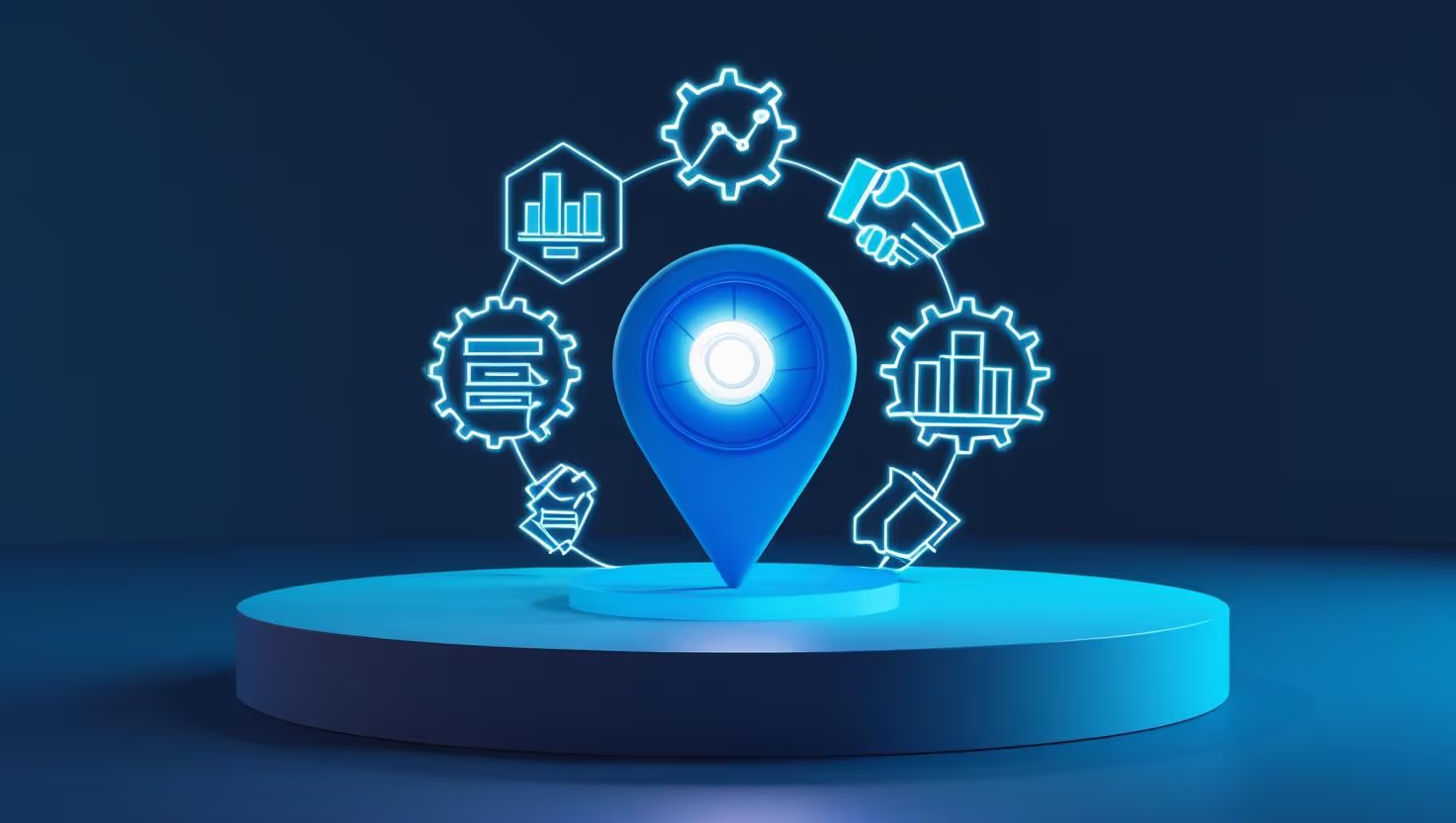
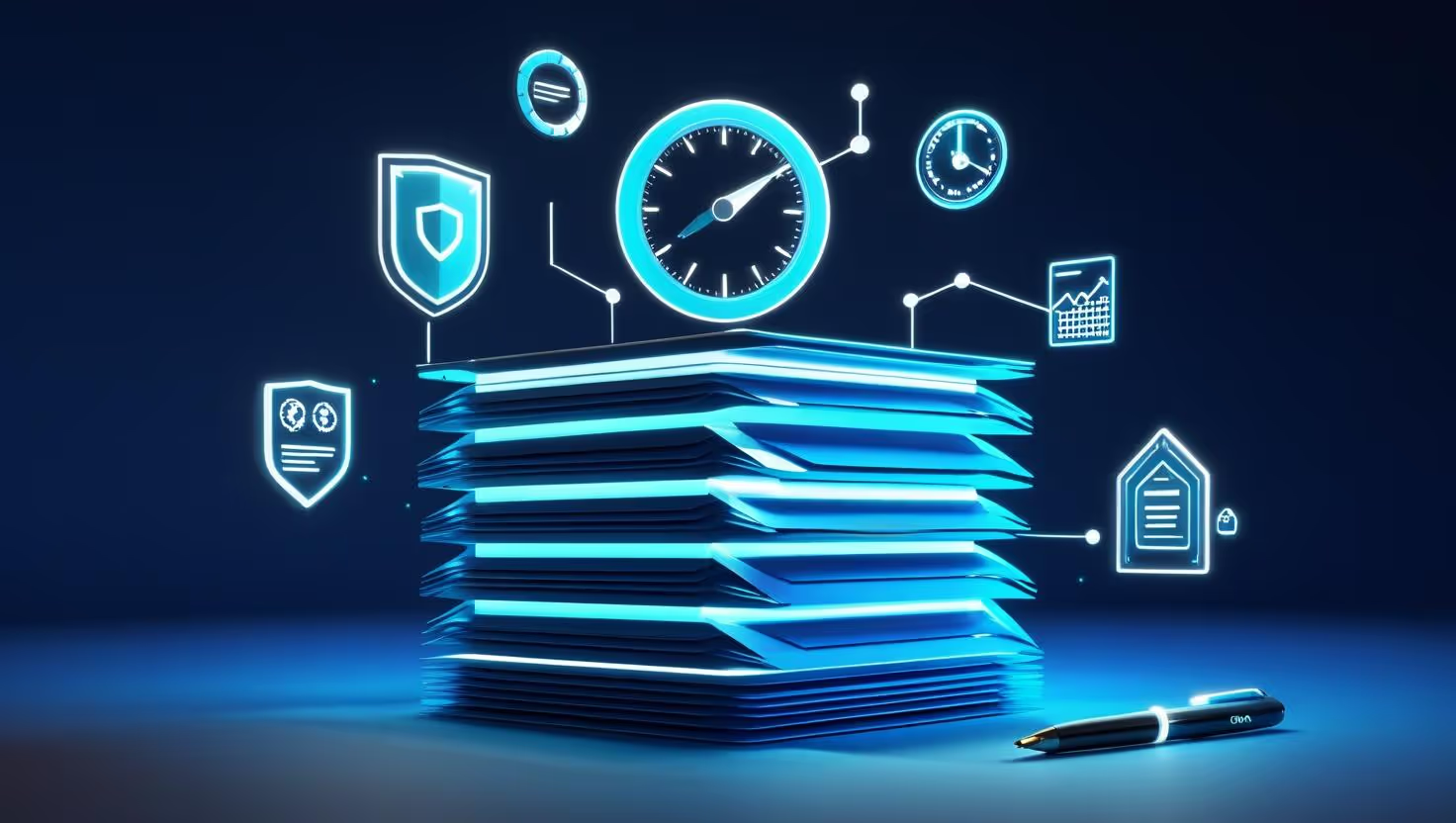




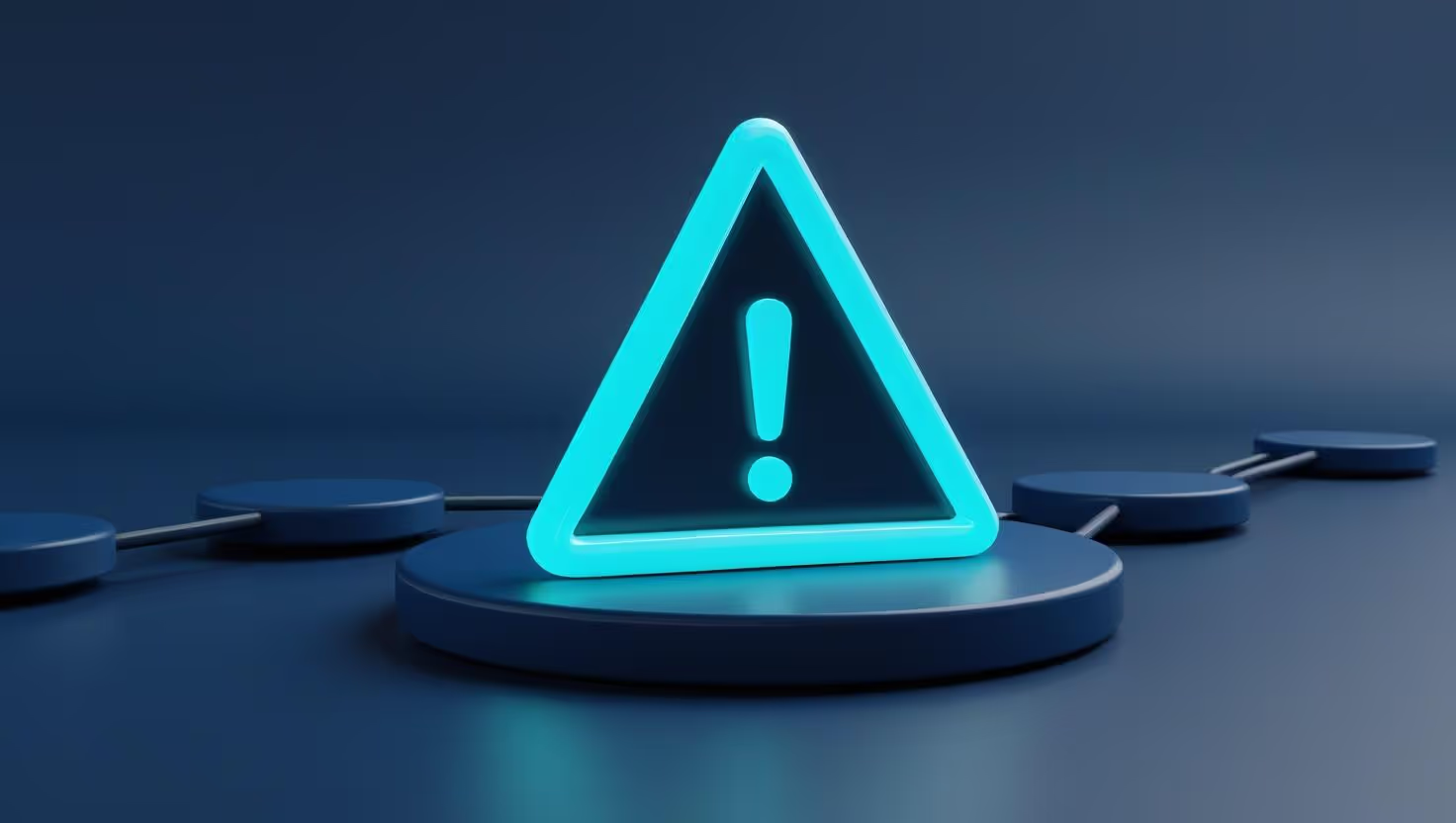


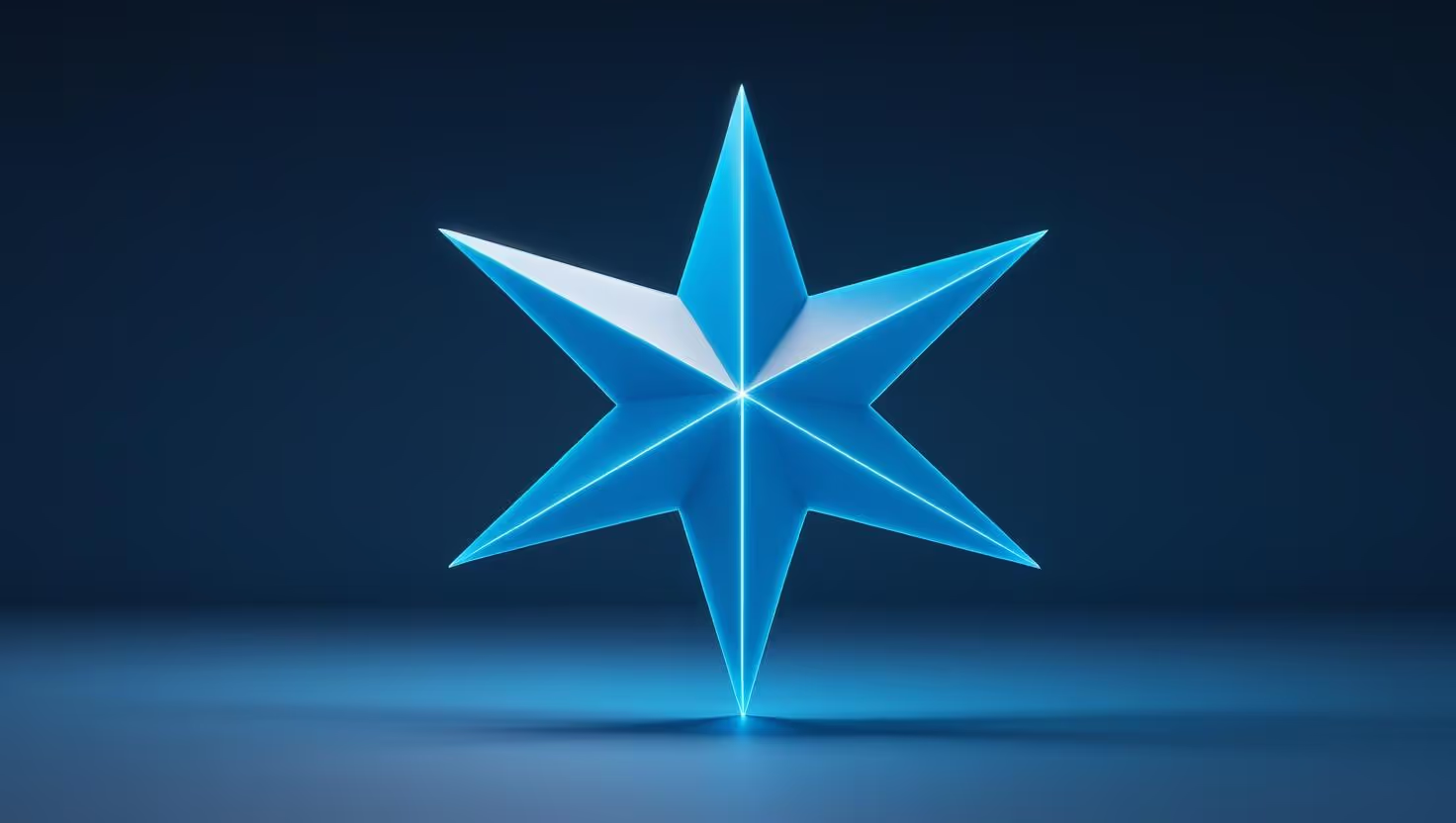





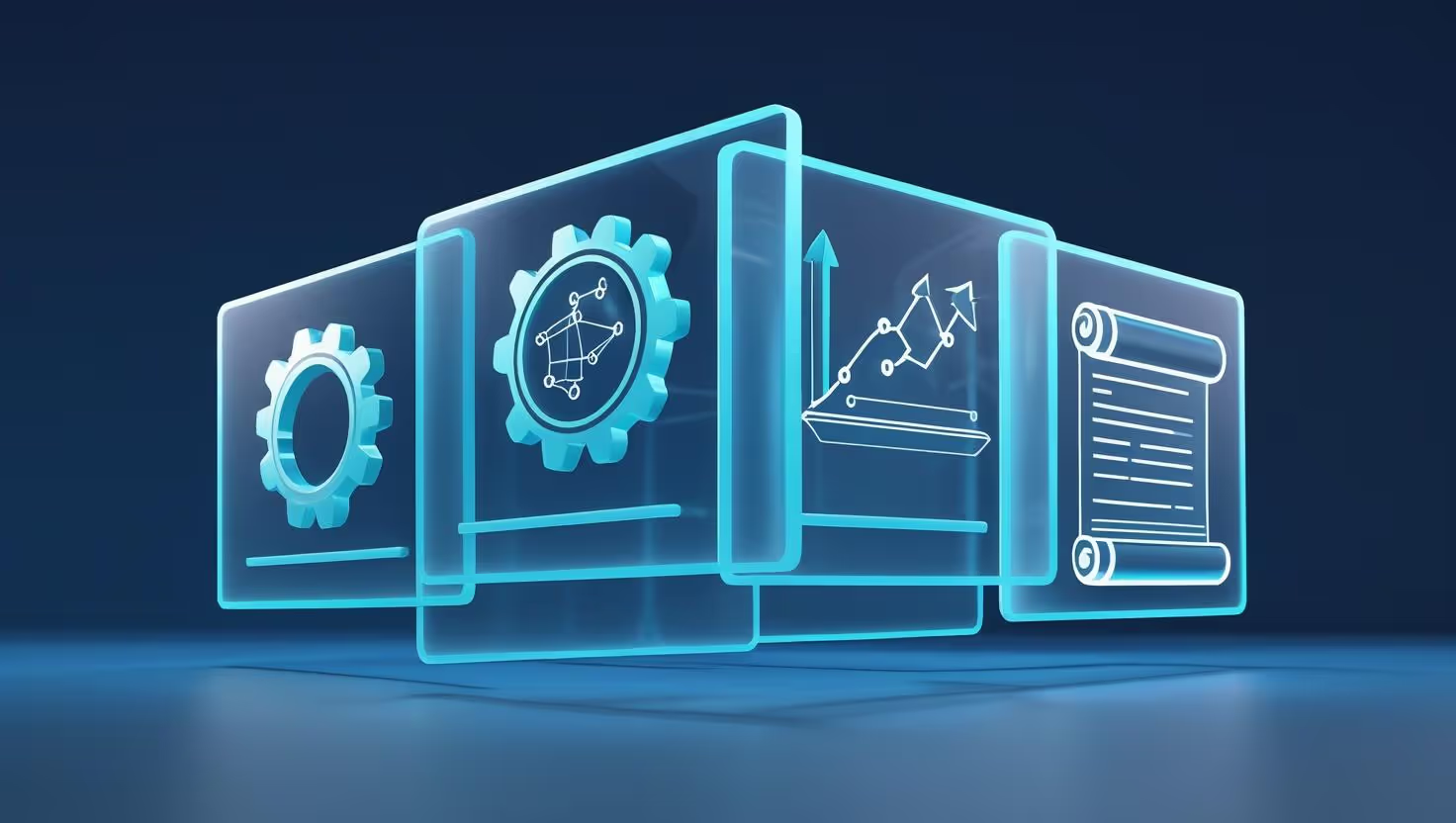



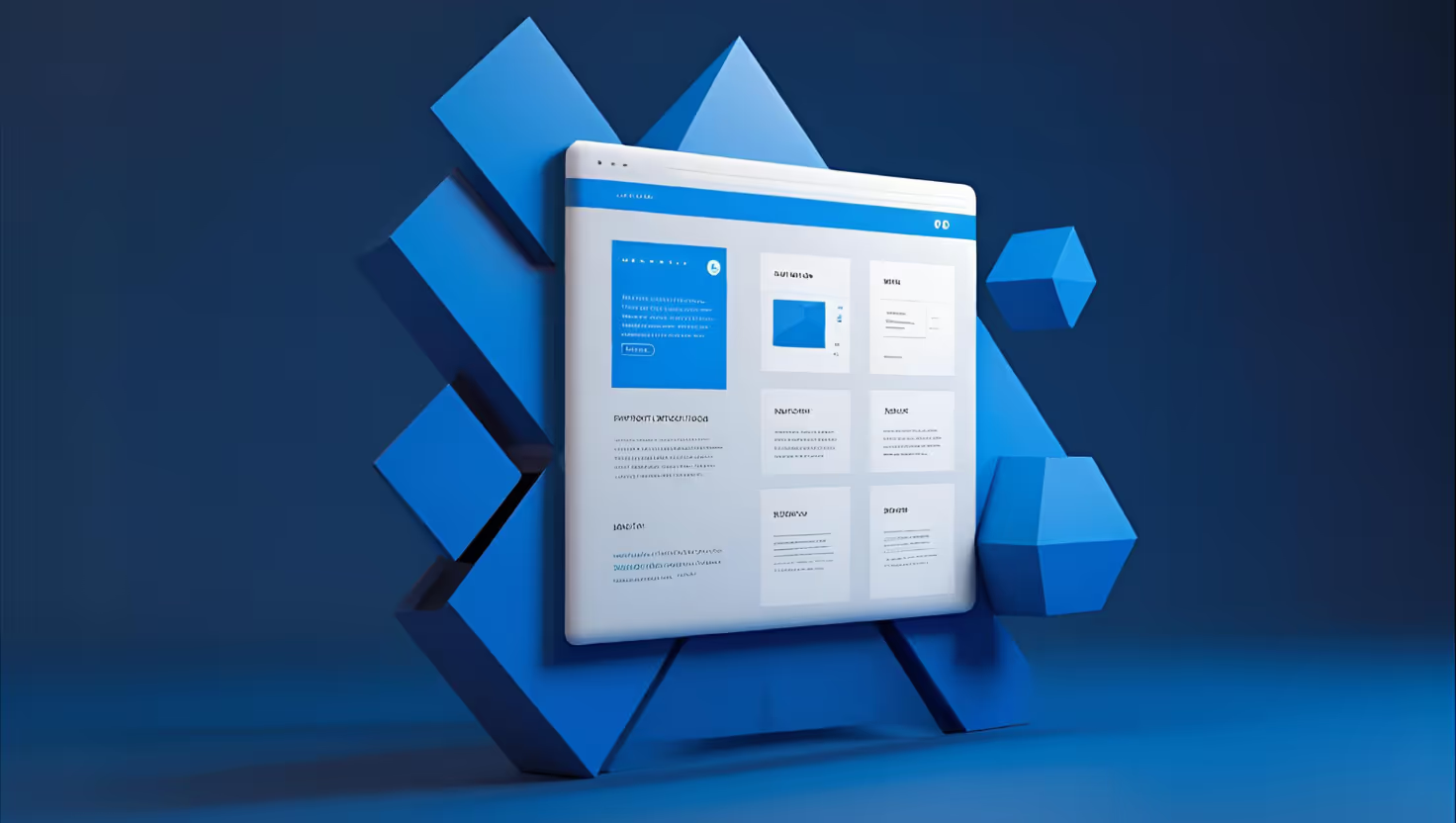









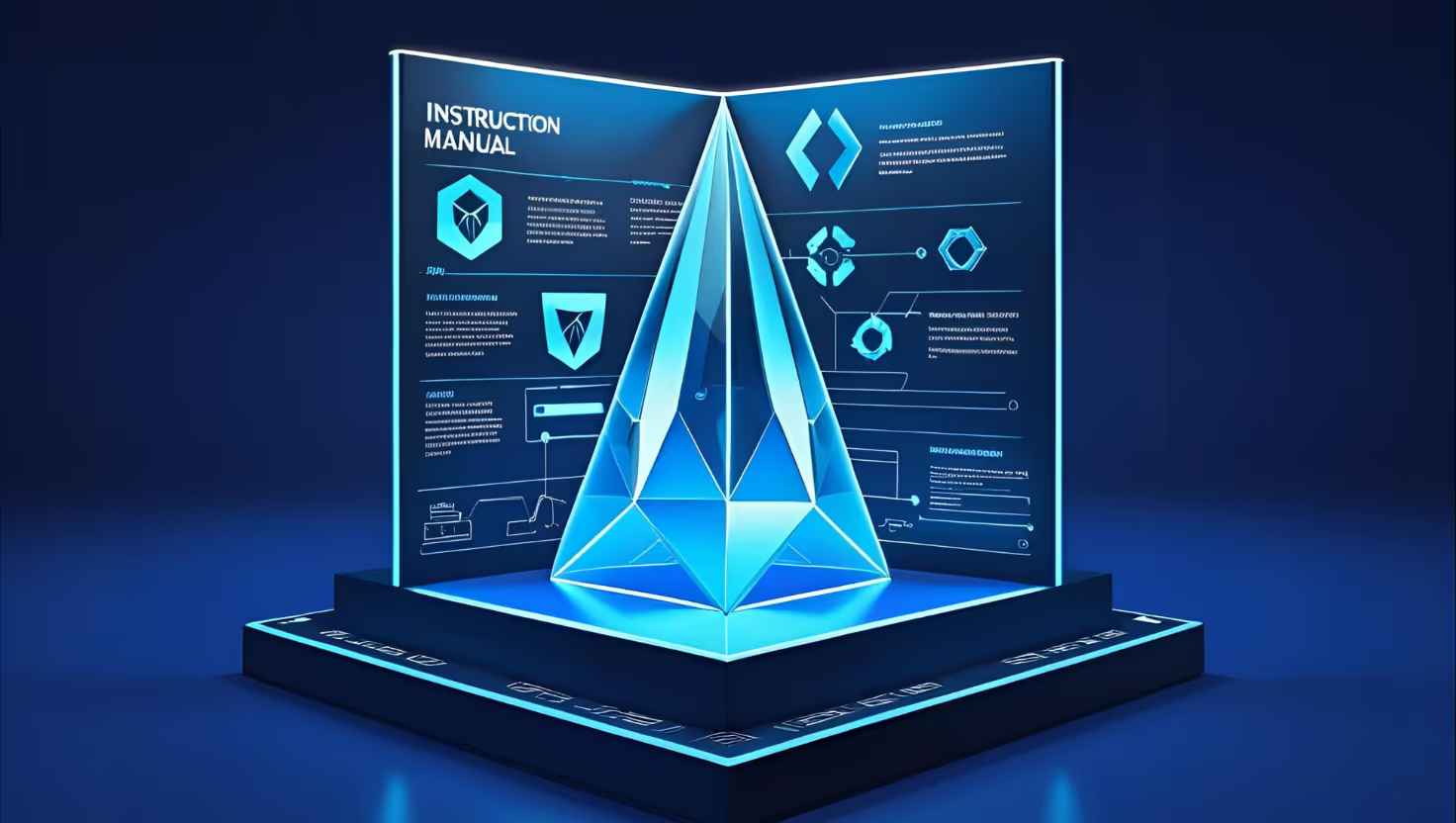




















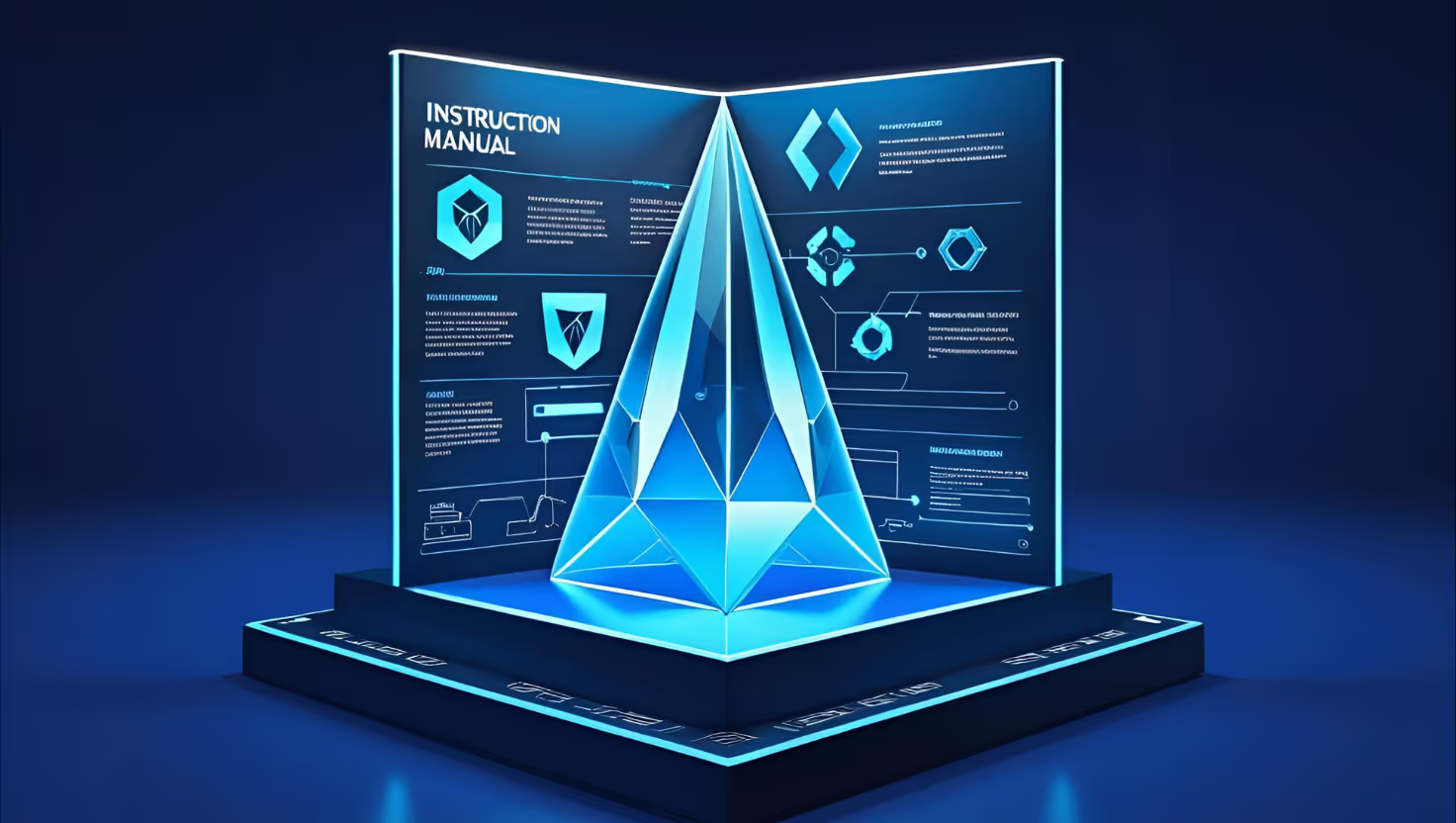

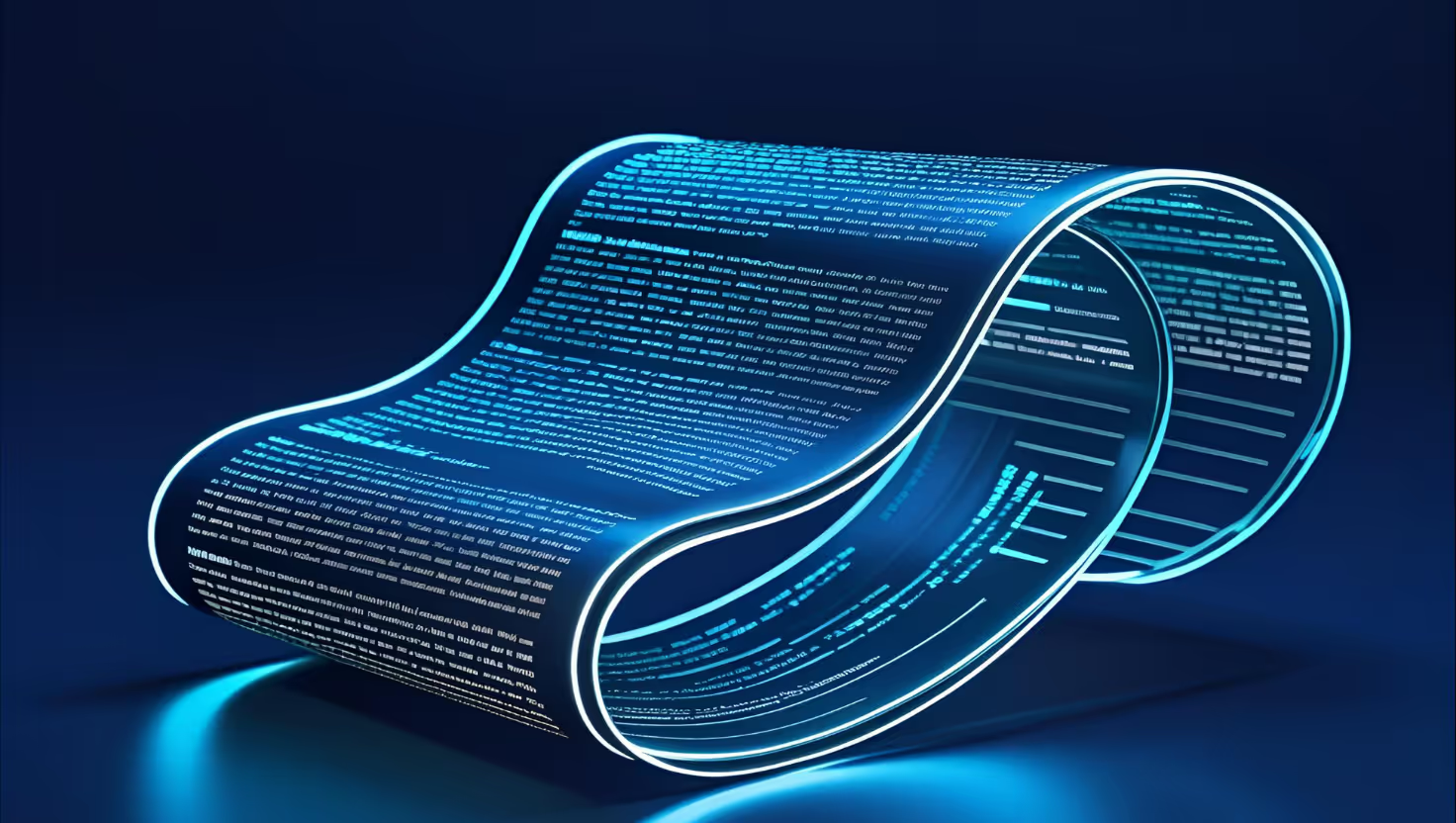








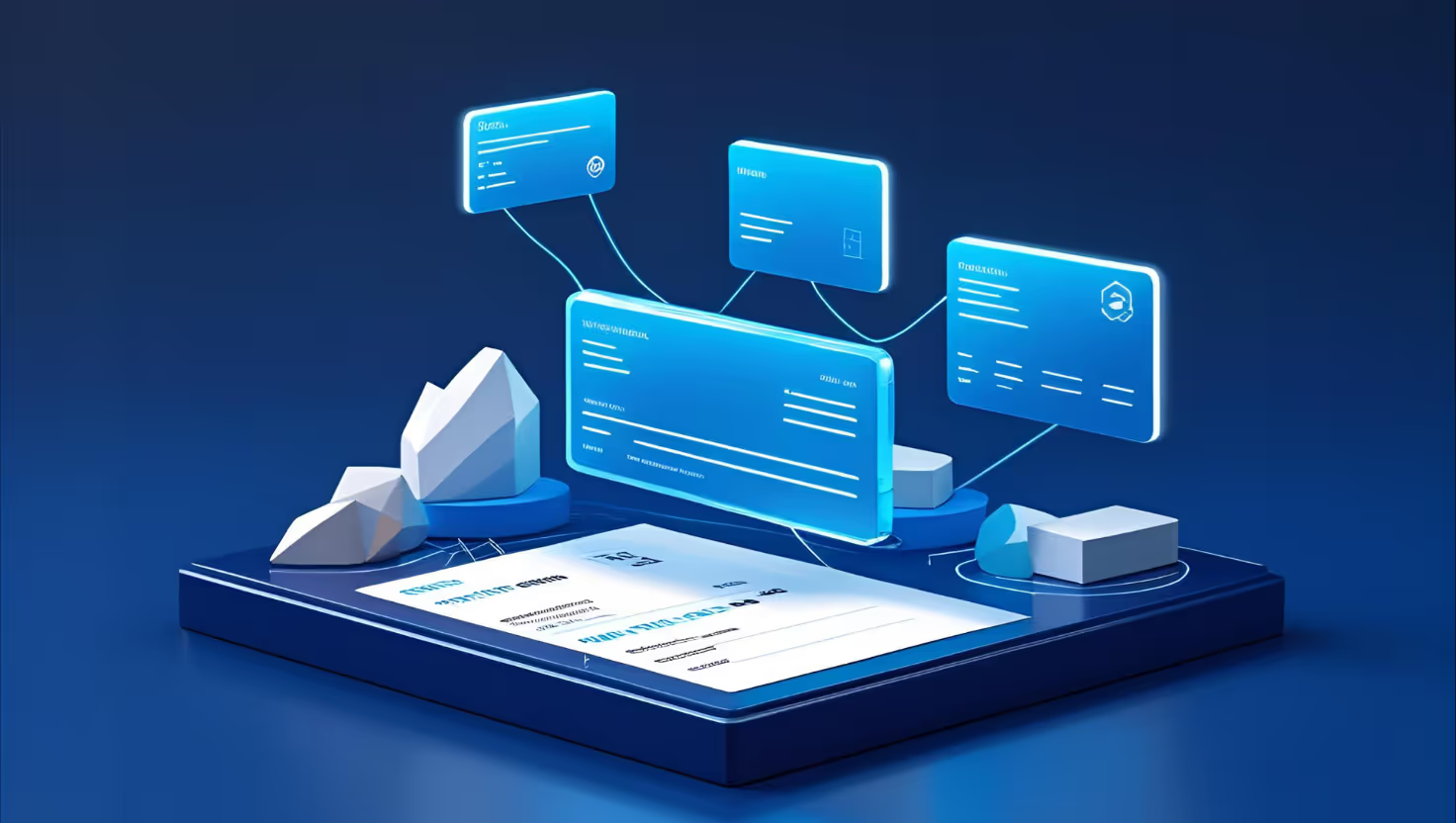







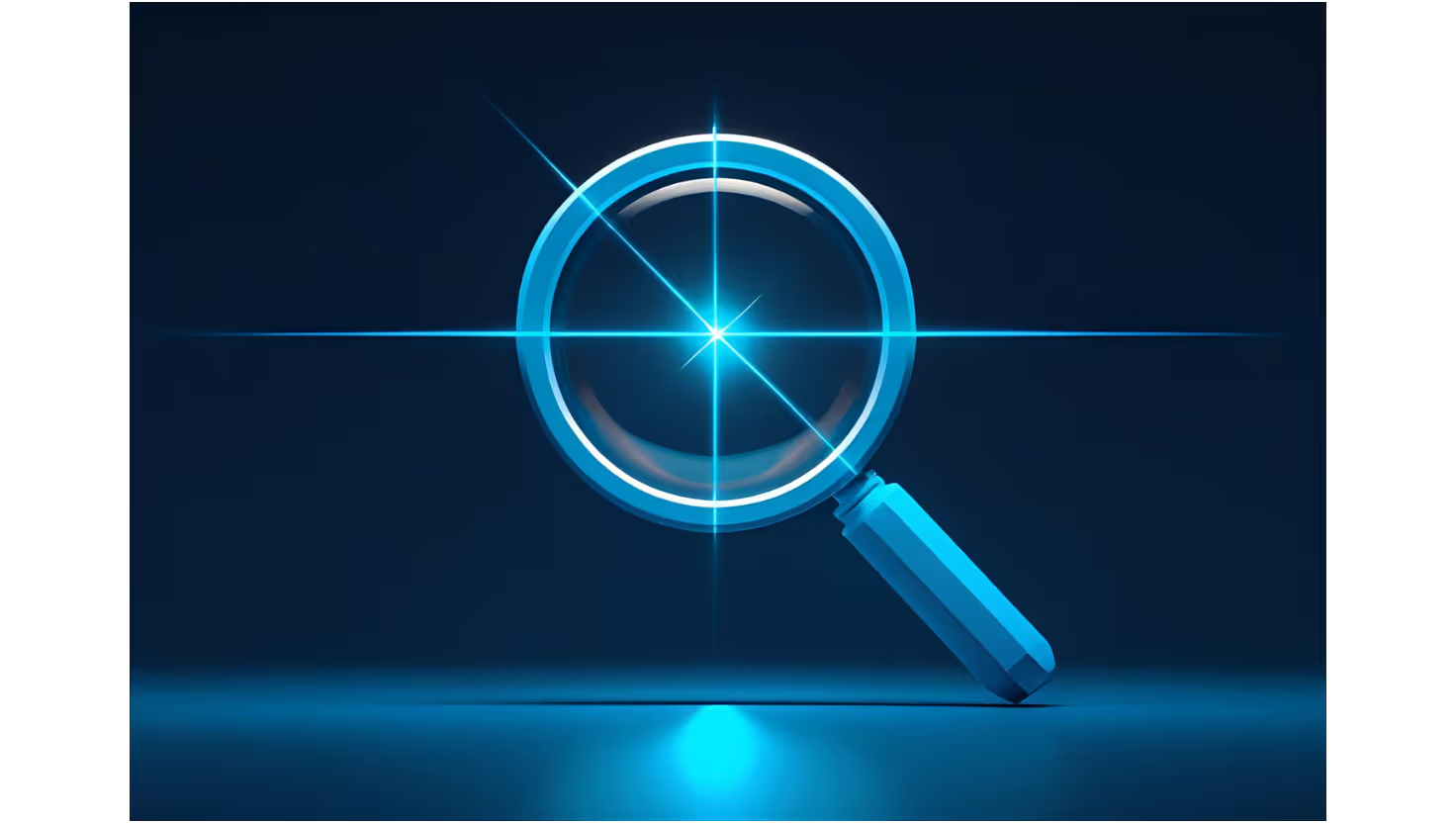
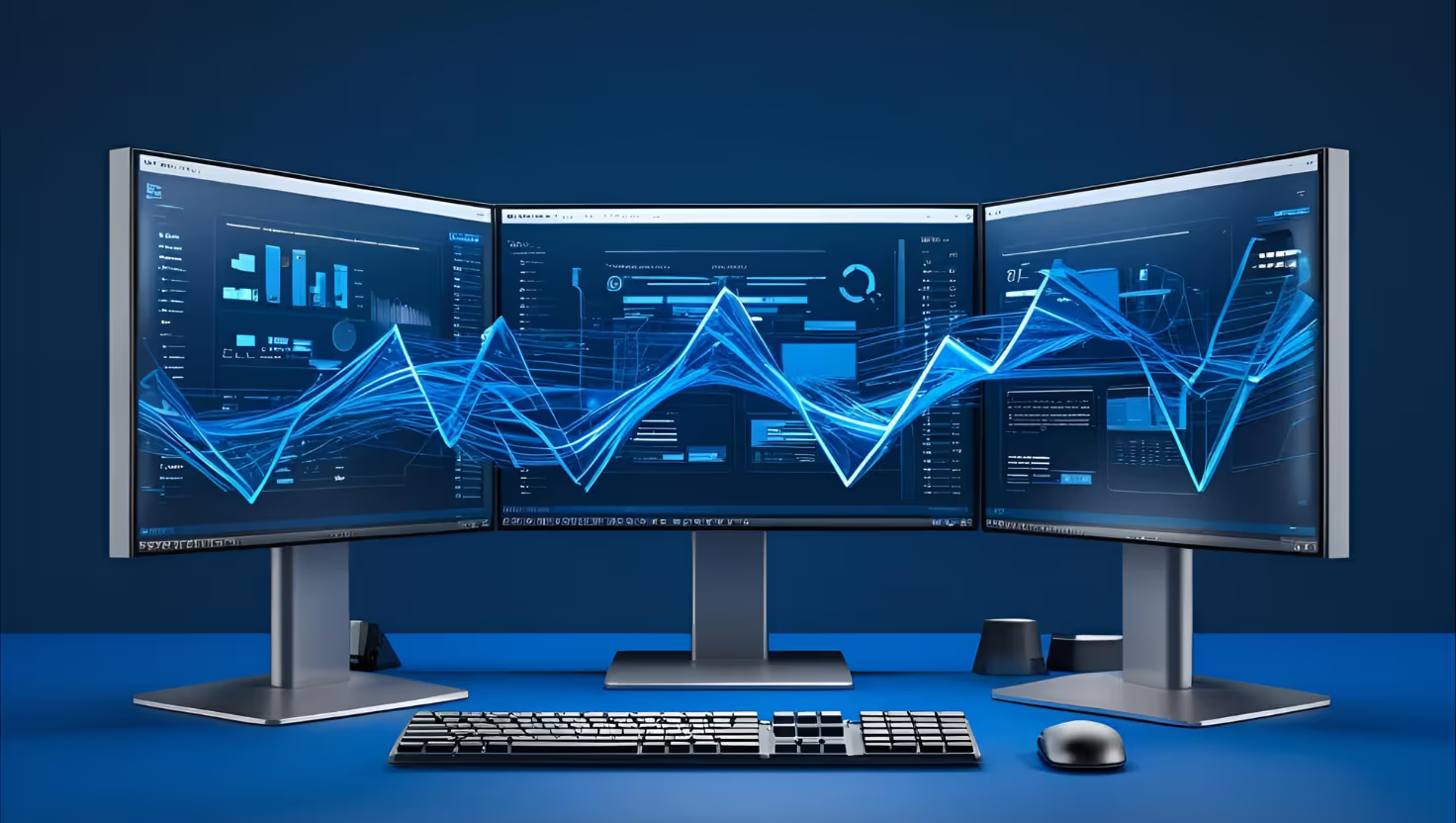


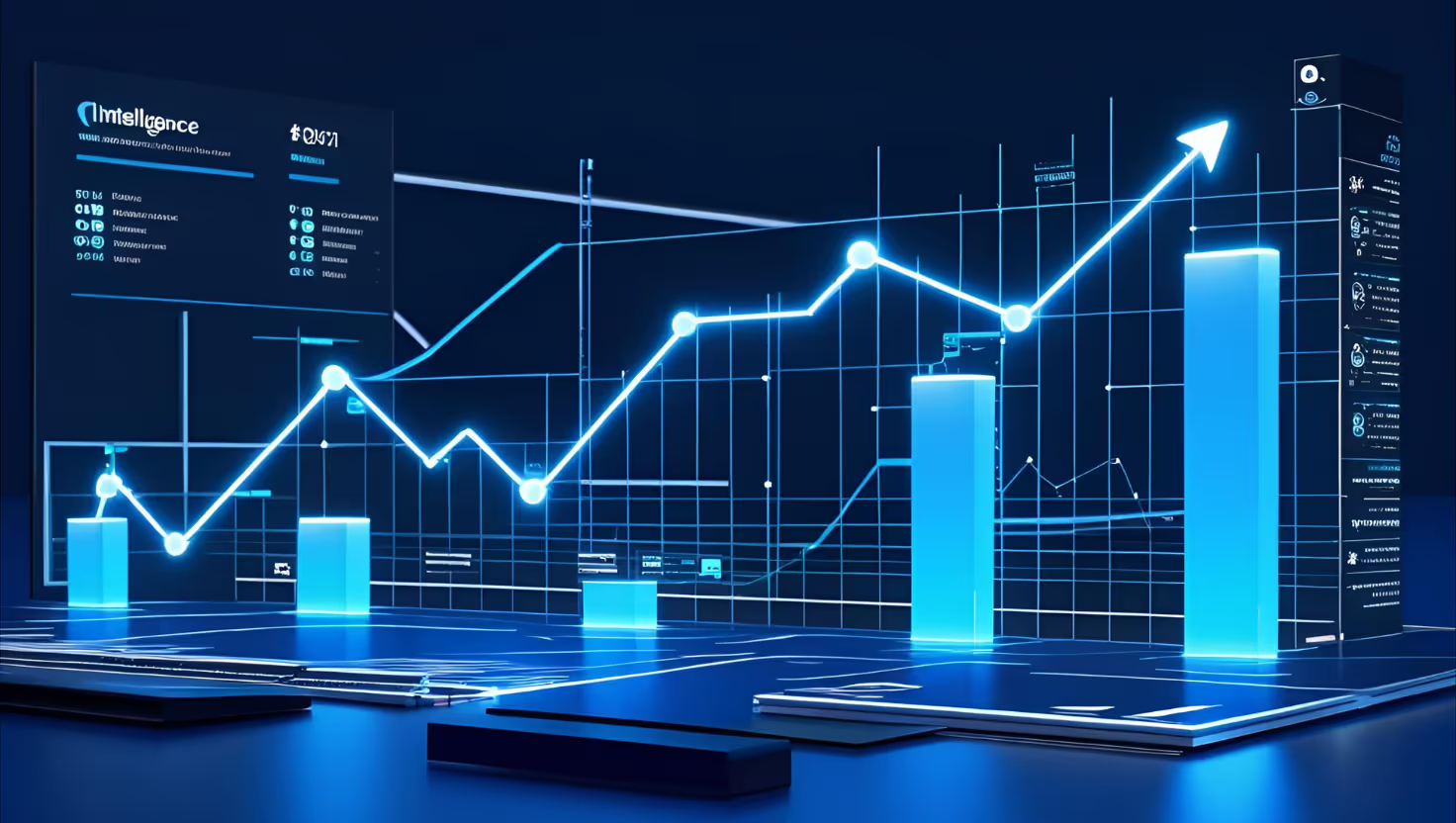
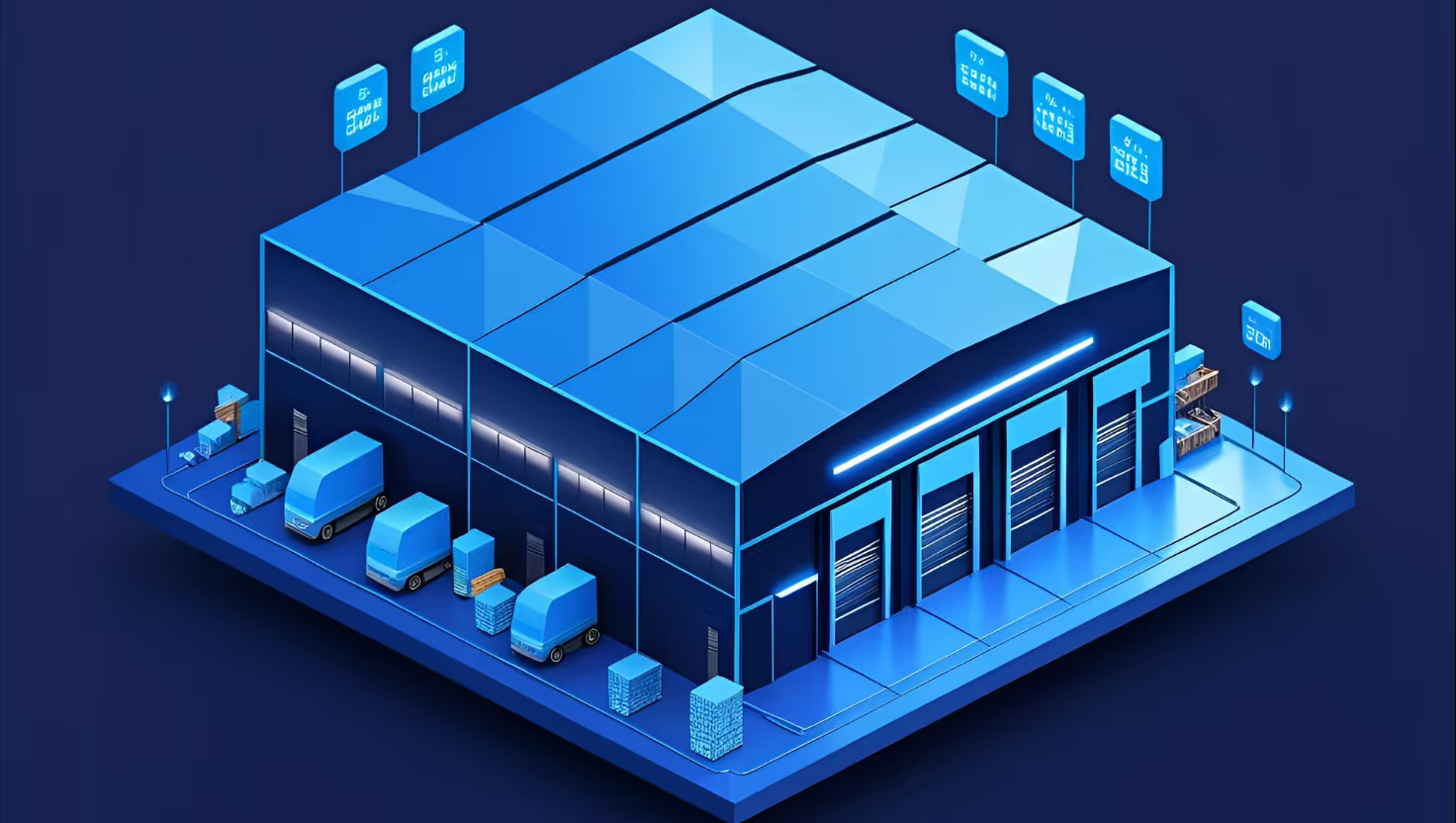

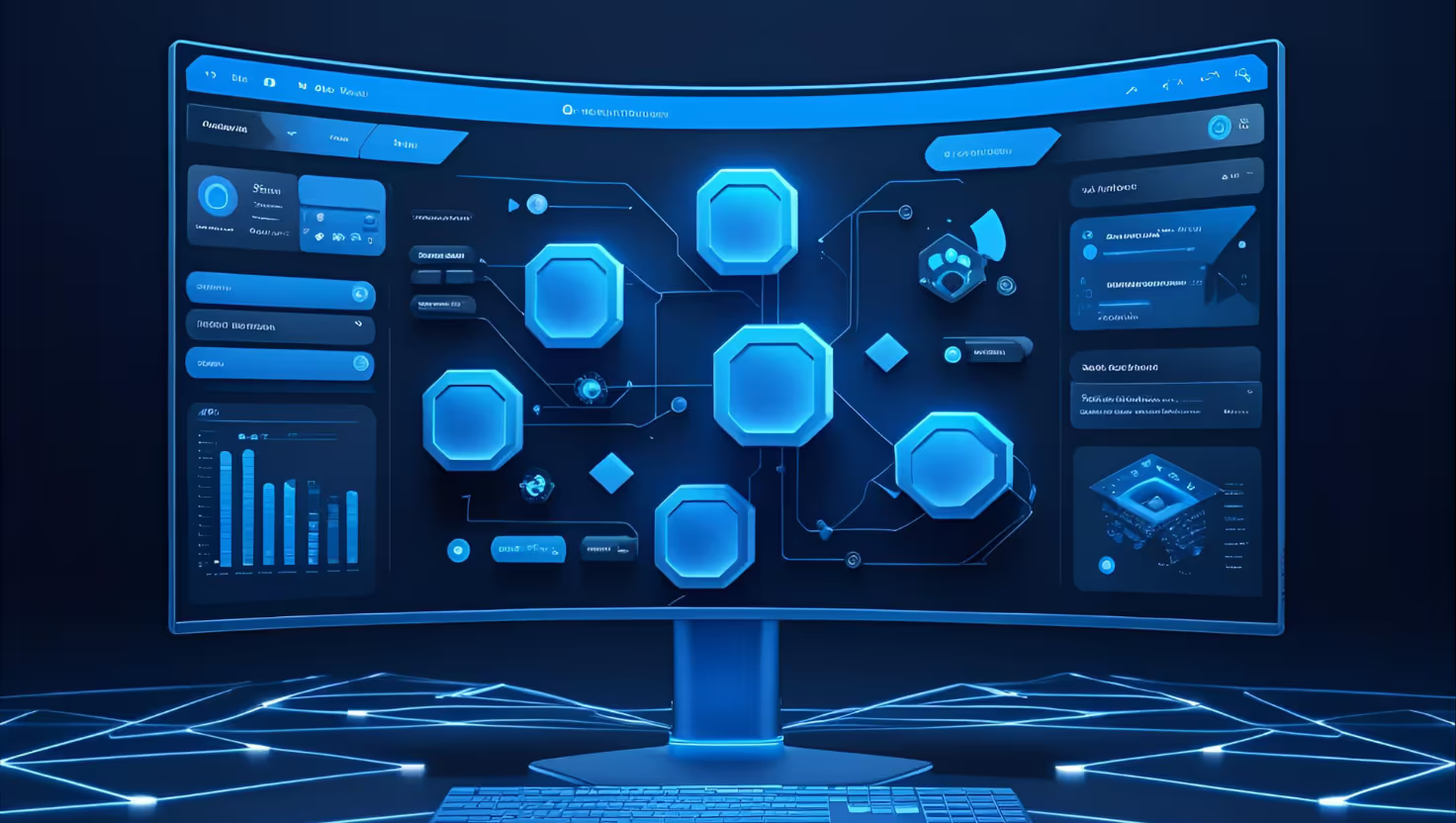





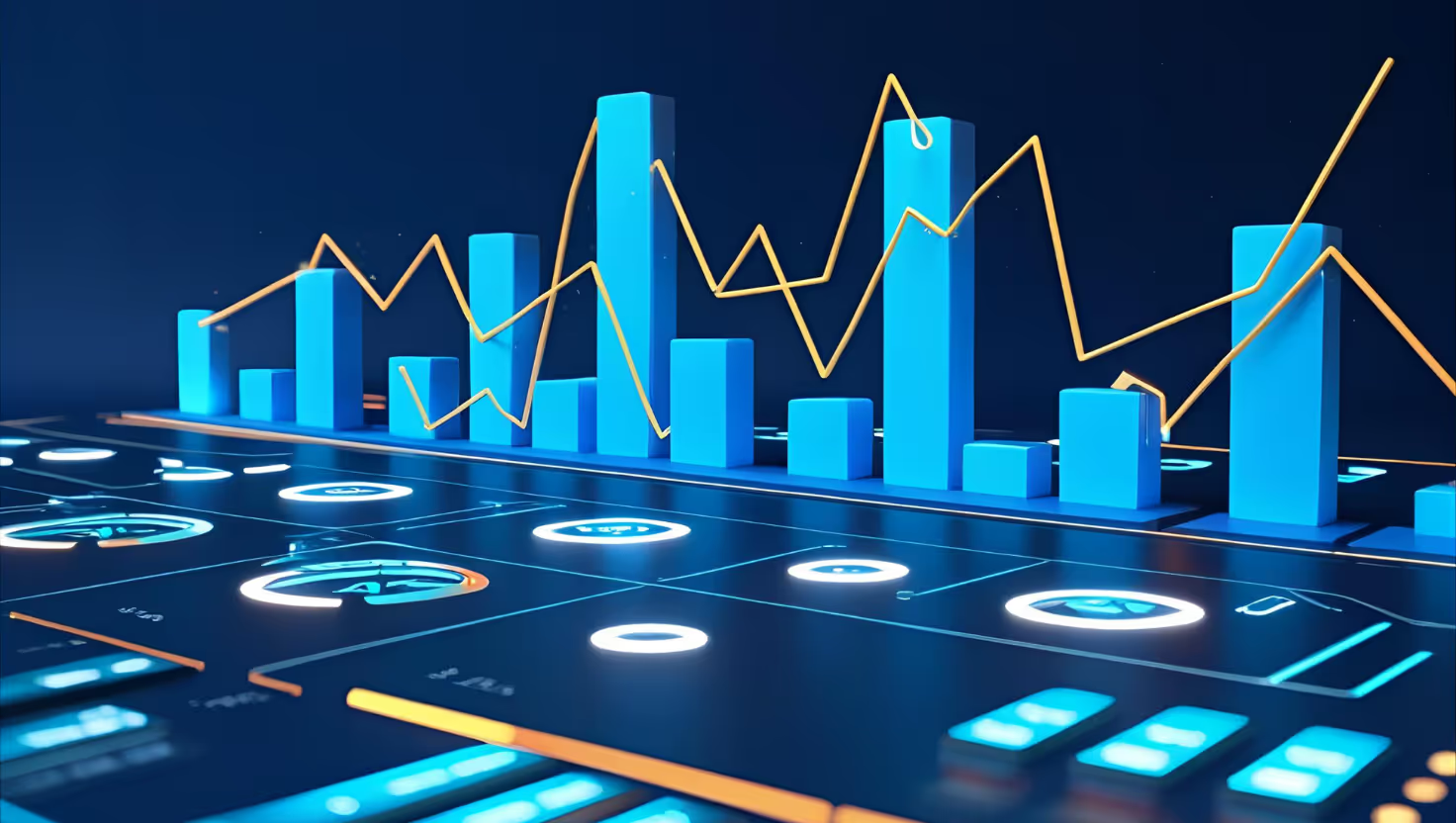
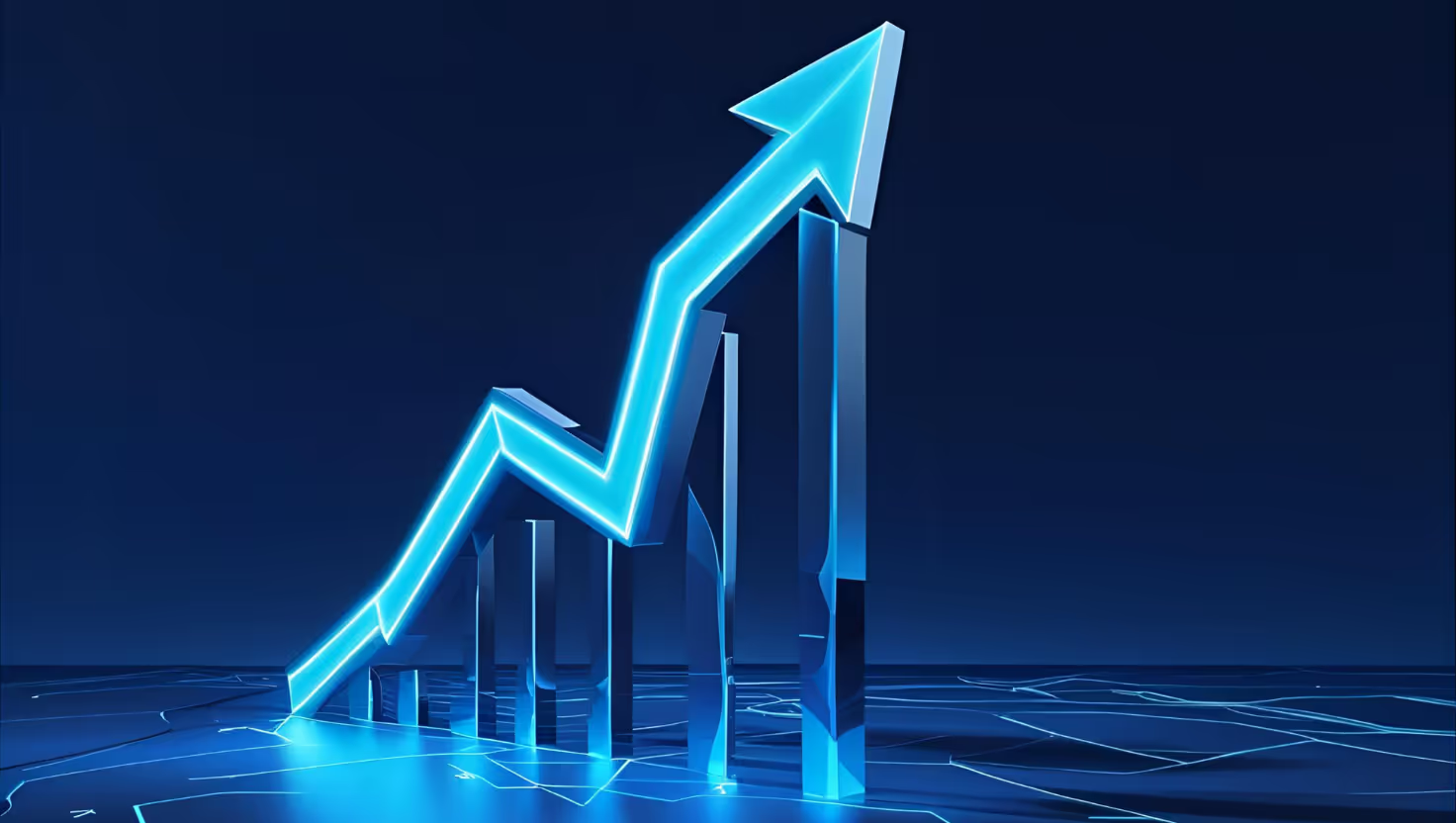





.avif)







